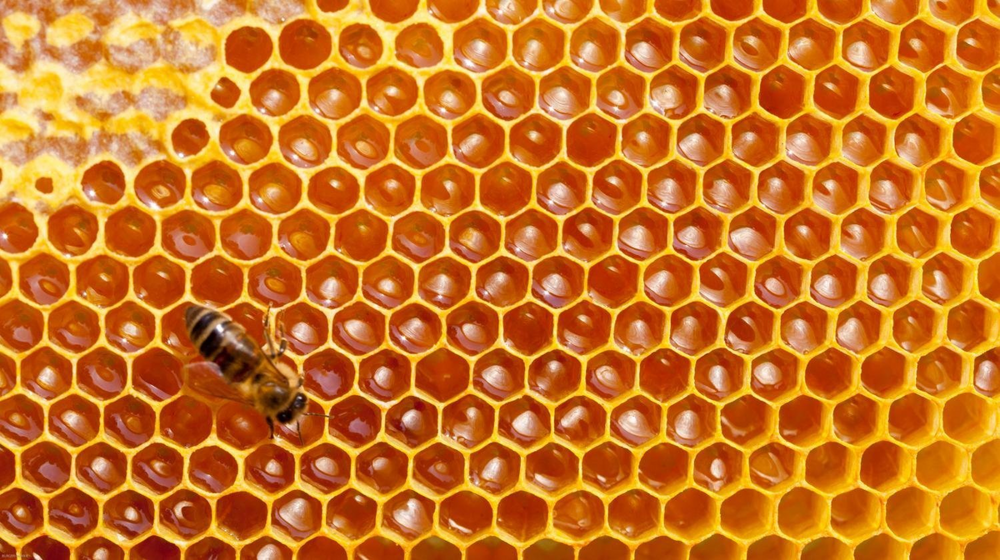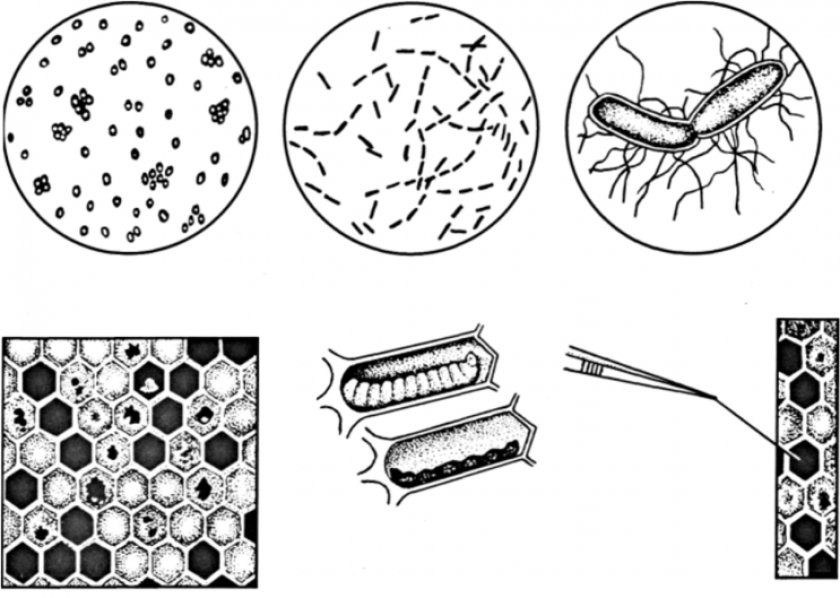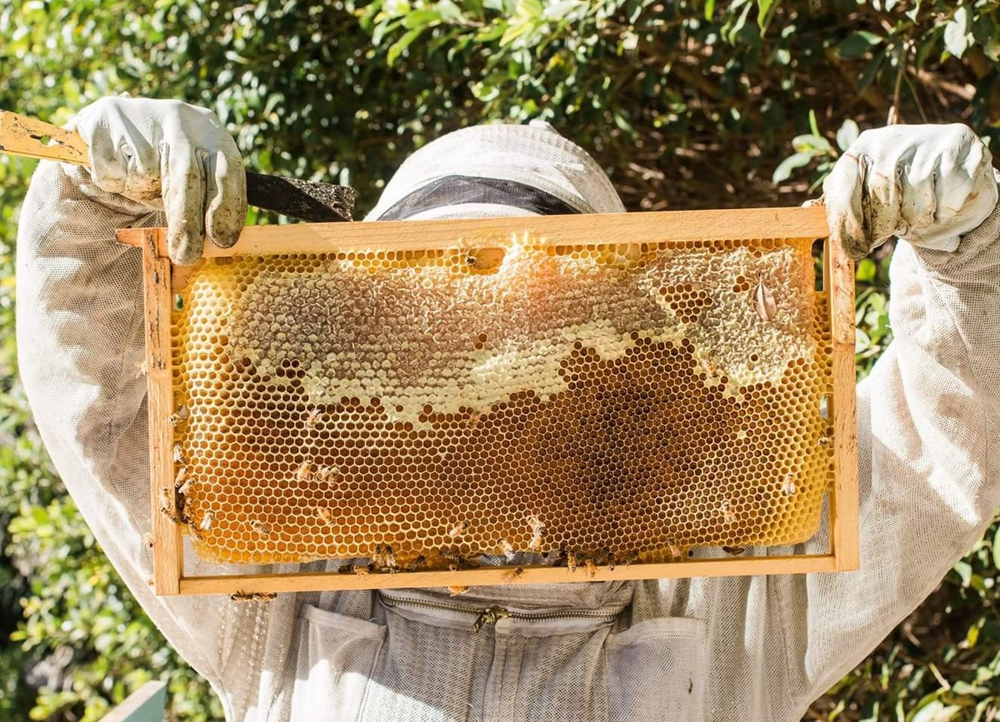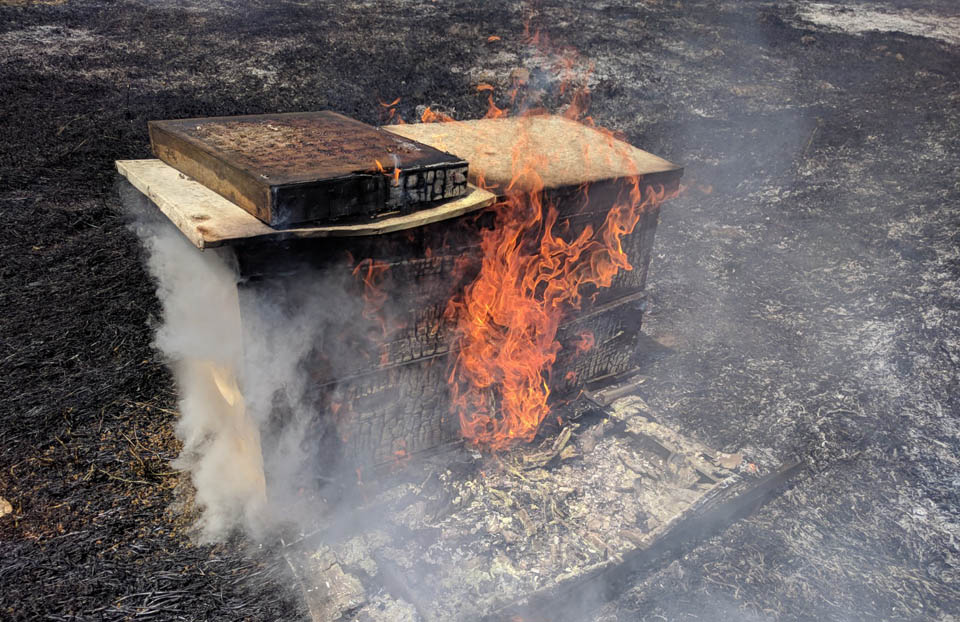One of the reasons why bees are rapidly disappearing (8 photos)
Sometimes, to save millions, you need to destroy thousands. This principle guides people in New Zealand who save bees from extinction. 
Bees are disappearing, and that's a fact. Since the 1950s, black-and-yellow travails have lost more than half of their population. If the rate of decline in numbers continues, then nature (and humanity) will face a global crisis - there will be no one to pollinate plants! Today we will talk about one of the reasons why insects are disappearing so rapidly. We'll talk about foulbrood.
Foulbrood is a bacterial disease of bees that affects insects on all continents. Scientists distinguish 2 types of foulbrood: American and European. They differ in the type of pathogen and the rate of progression of the disease. But in any case, the damage from them is colossal. The colony loses up to 80% of its honey. 
Perfect hexagonal honeycombs are a treat for the perfectionist's eyes.
This is what happens in Turkey, for example. It is the first country in Europe in terms of the number of hives. But at the same time, about 12.7 kg of honey is collected from one family, and this is already 23rd position. One of the global reasons for such a difference in quantity and quality is foulbrood. And this despite the fact that no more than 30% of the country is infected.
And in New Zealand, foulbrood epidemics occur regularly. In some years, up to 7,000 hives are infected. And a few years ago, more than 90,000 families were destroyed in two winters! However, the destruction of 4,000 infected hives per year is considered the norm. But what’s so scary about this sore? 
Textbook excerpt. From left to right, first row: pathogen spores, live bacteria under low and high magnification. Second row: affected honeycombs with holey lids, comparison of healthy (white) and dead (black) larvae. The sticky mass remaining from the dead larva.
The foulbrood attacks the greatest value of the bee colony - its offspring. Adult insects are invulnerable to the disease, but babies up to 4 days old get sick by ingesting several dozen spores along with food. And if infection occurs, the bee cannot spread its wings.
Within a week or a week and a half, the foulbrood causes the larva to die, after which it produces spores that are carried by the paws of the workers throughout the nest. Bees breed non-stop, so the disease spreads quickly. A foulbrood can destroy a nest in as little as 2 years. And already in the first year, honey production is reduced by 70%! 
Infected cells.
And, of course, the disease can spread to neighboring hives. Working individuals carry bacterial spores to flowers, where they are at risk of being picked up by bees from other colonies. And when a bee colony, weakened by disease, dies, neighbors may try to steal honey from the dying colony. They don’t know that she is already infected. 
They wanted to raise a hard-working member of society, but the end result was a toxic mess.
But, in fact, this rarely happens, 90-95% of all families get sick because of people. Beekeepers sometimes move frames with honey and brood from one hive to another. This is how they support weakened and young families. And if you don’t pay attention, the person will transfer the disease to a new hive with his own hands. 
In the first weeks, the disease is almost impossible to detect.
In addition, if the disease has taken deep roots, bacterial spores end up everywhere: on the body and frames, on the beekeeper’s tools and gloves. Yes, even on the car in which the hive was transported! And taking into account the fact that spores remain viable for up to 30 years, the situation is completely bleak. 
The bacteria are so small that there can be thousands of them at the tip of a needle. And there are even fewer disputes! Therefore, their distribution cannot be tracked.
What methods of treatment and prevention are used to treat hives? In New Zealand, there is only one measure: fire. 
Cruel but necessary
No, New Zealanders have not read the works of the inquisitors; they are driven by reasonable pragmatism. Foulbrood activity drops sharply as the air temperature drops. Therefore, in most of our country the disease can develop only a couple of months a year. And in New Zealand it is active almost all year round. That is why the most reasonable, but sad option is to burn the hives. Unfortunately, this is the only effective method in warm countries.
Not only insects are burning, but also beekeepers’ money. They are forced to set fire to their own businesses. In interviews, beekeepers share losses amounting to millions of dollars. Are there any dissatisfied people? Naturally! Various conspiracy theories have already been constructed regarding the situation. One thing is clear for sure - the issue of the survival of bees in our world is acute and it is worth paying more attention to this.























